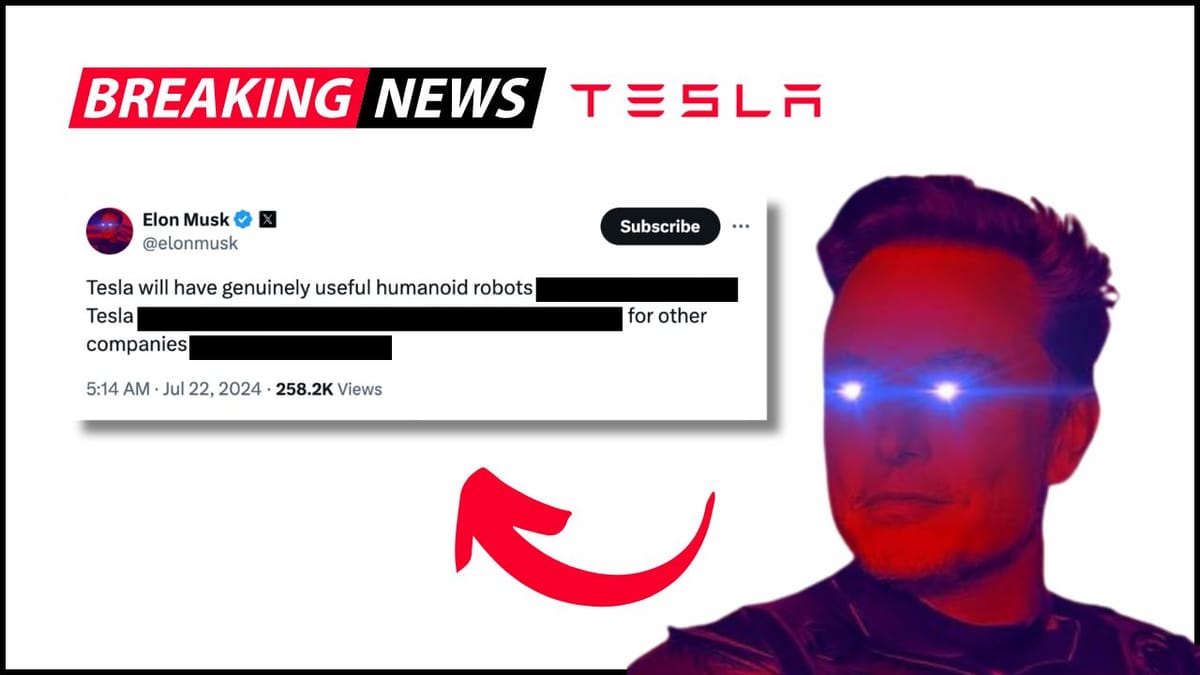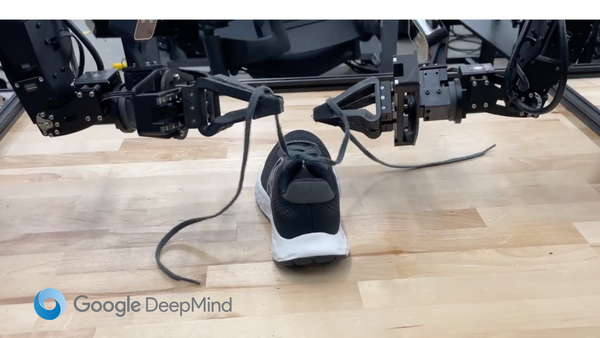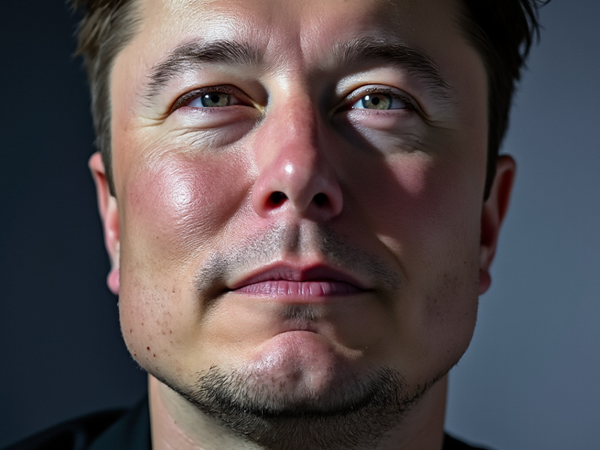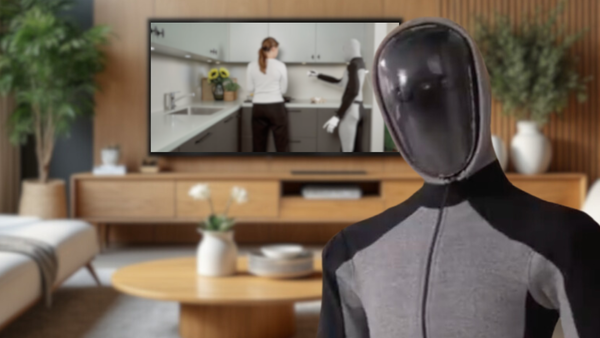Elon Musk Reveals When Tesla's Humanoid Robots Ready for Wider Release
Elon Musk just revealed details on Tesla's production of humanoid robots. Musk's announcement highlights Tesla's commitment to advancing the humanoid robot market.

Tesla is ramping up its presence in the humanoid robot market with a new production timeline. Elon Musk recently announced on 𝕏 that Tesla will begin low production of humanoid robots next year.
The first wave of robots will be used internally at Tesla, serving as a crucial testing phase.
By 2026, Tesla plans to scale the production of these robots for external companies. Musk did not mention their current humanoid robot, Optimus. Which begs the question, does Tesla have a new model of humanoid robot?

Regardless, this timeline underscores Tesla's commitment to advancing robotics technology and maintaining a leading position in the market.
The potential impact of Tesla's humanoid robots is significant. If these robots prove as successful as Tesla's electric cars, industries could see a significant shift. Companies in various sectors might be eager to integrate these robots into their operations, driven by the promise of increased efficiency and cost savings.
The benefits of humanoid robots are clear. They can handle repetitive tasks, reduce human error, and boost productivity, making them an attractive option for the manufacturing, logistics, and healthcare industries.
With robots capable of working around the clock without fatigue, companies can achieve higher output and greater efficiency.
Tesla's strategy to use the initial batch of robots internally will help them fine-tune the technology before rolling it out to other companies. This approach ensures issues are addressed early, leading to more reliable and efficient robots for commercial use.
As 2026 approaches, the market's anticipation and excitement will only grow. Companies are watching closely and know that Tesla's move could transform their operations. The cost-saving potential for adopting Tesla's humanoid robots is substantial, and the promise of improved efficiency will likely drive significant interest and investment.
Tesla's reputation for innovation will be crucial in this development. The company's advanced capabilities in robotics will attract companies looking to gain a competitive edge. As a result, Tesla's humanoid robots could become a vital part of many industries, transforming how they operate.
Tesla's announcement to begin low-production humanoid robots next year and high-production by 2026 marks a significant step forward. The initial use within Tesla will help perfect the technology, while the broader rollout promises to revolutionize various industries.
With the potential for increased efficiency and cost savings, Tesla's humanoid robots are set to make a major impact as we approach 2026.



